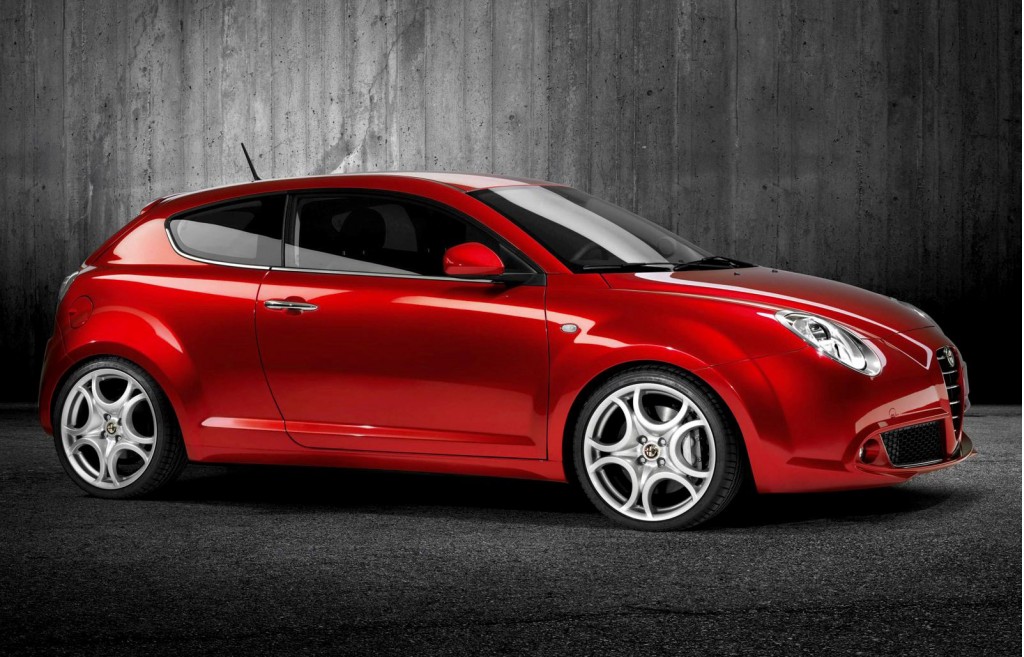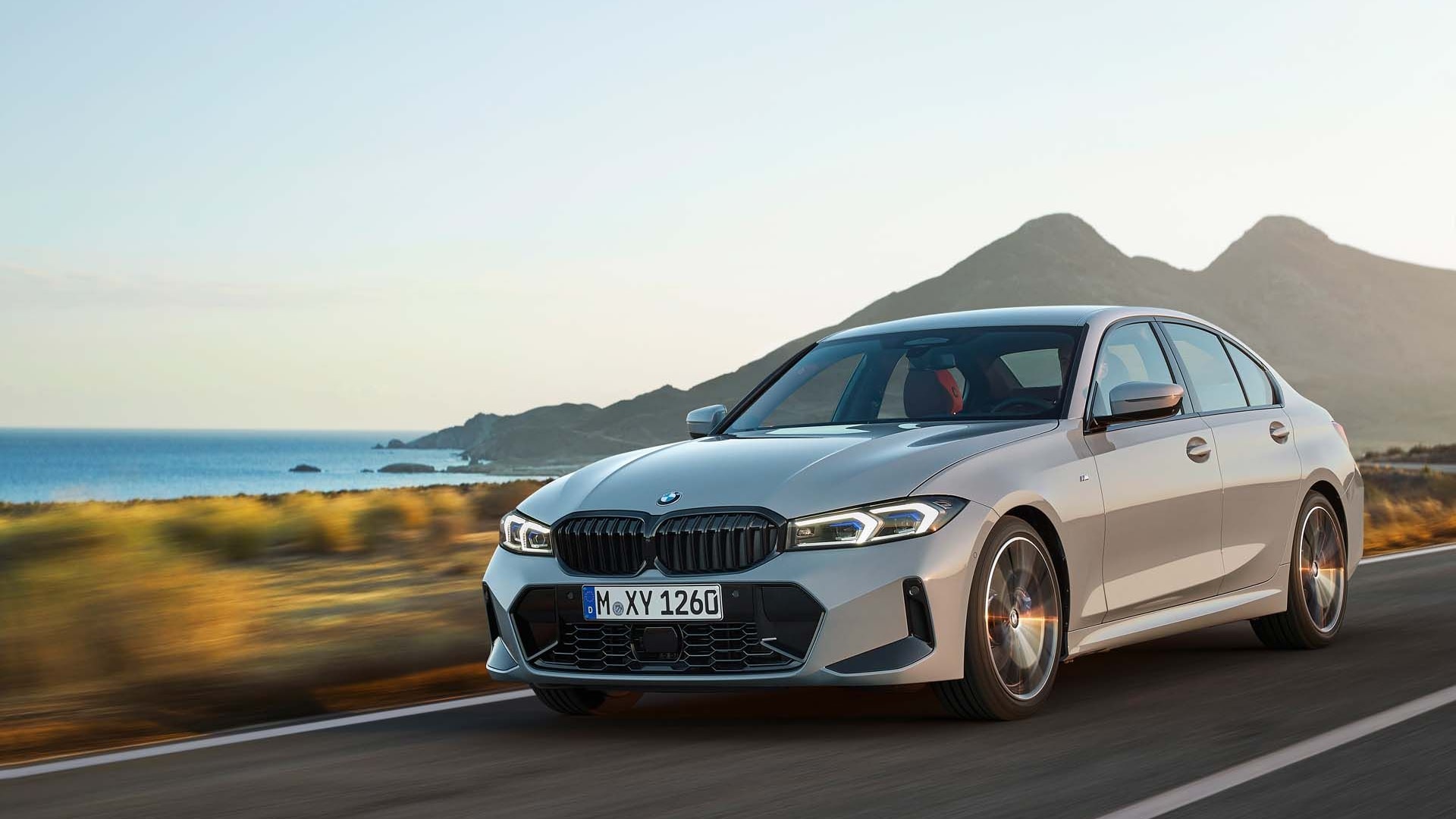Americans still haven't fully embraced the concept of the hatchback as a useful, practical vehicle for families, and nowhere is this more true than in the luxury segment. BMW and Mercedes-Benz both make premium small cars, but neither sells the hatch versions in the U.S. And so it appears Alfa Romeo is following a similar line of business logic, with the latest reports indicating the Giulia sedan - a replacement to the European 159 (pictured) - may be the first Alfa Romeo to return to U.S. shores.
Of course, the Alfa 8C Competizione has been sold in here in the 15 years since the brand left, but the Giulia would mark the return of the everyday production cars to American sales. Earlier reports had pegged the MiTo and Milano as the first models destined for the land of the Stars and Stripes, but a new interview with Alfa Romeo CEO Sergio Cravero points in the opposite direction.
"The Giulia is a car that could be the most interesting for the U.S. market,” Cravero told Bloomberg. “We need to build cars together with Chrysler that have an Alfa Romeo soul."
And that tells a lot of the story right there: Alfa Romeo is already a none-too-successful division of Fiat in the rest of the world. Making the costly re-entry to the U.S. market can't be another cash-sink for the brand. It needs a financial success more than ever.

2008 Alfa Romeo MiTo
"We have to find a solution that makes sense economically," Cravero said. "We can’t wait 10 years to see results."
The new stance on the Giulia also fits well with recent statements from Alfa that the U.S. simply isn't ready for the MiTo.
Large sedans typically have more headroom in their price, meaning more profitability per unit sold compared to small cars like the MiTo. In the currently still-depressed market and with the American intolerance for pricey small cars, the Giulia intro may be the smartest decision.
The question then becomes: how do Chrysler and Alfa Romeo build the car to share a platform while maintaining sufficiently independent brand identities while also being competitive in their segments and profitable at the same time?


